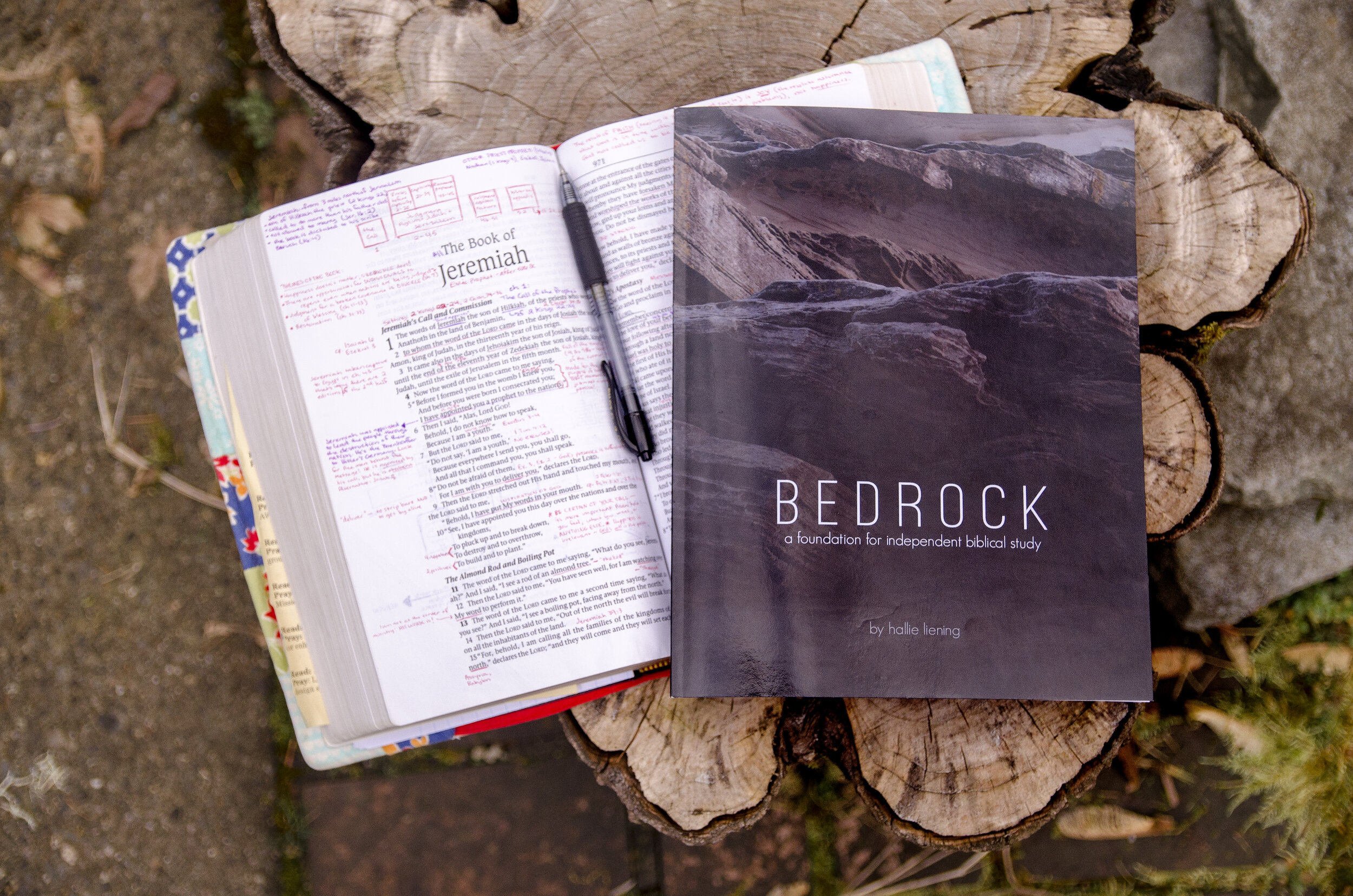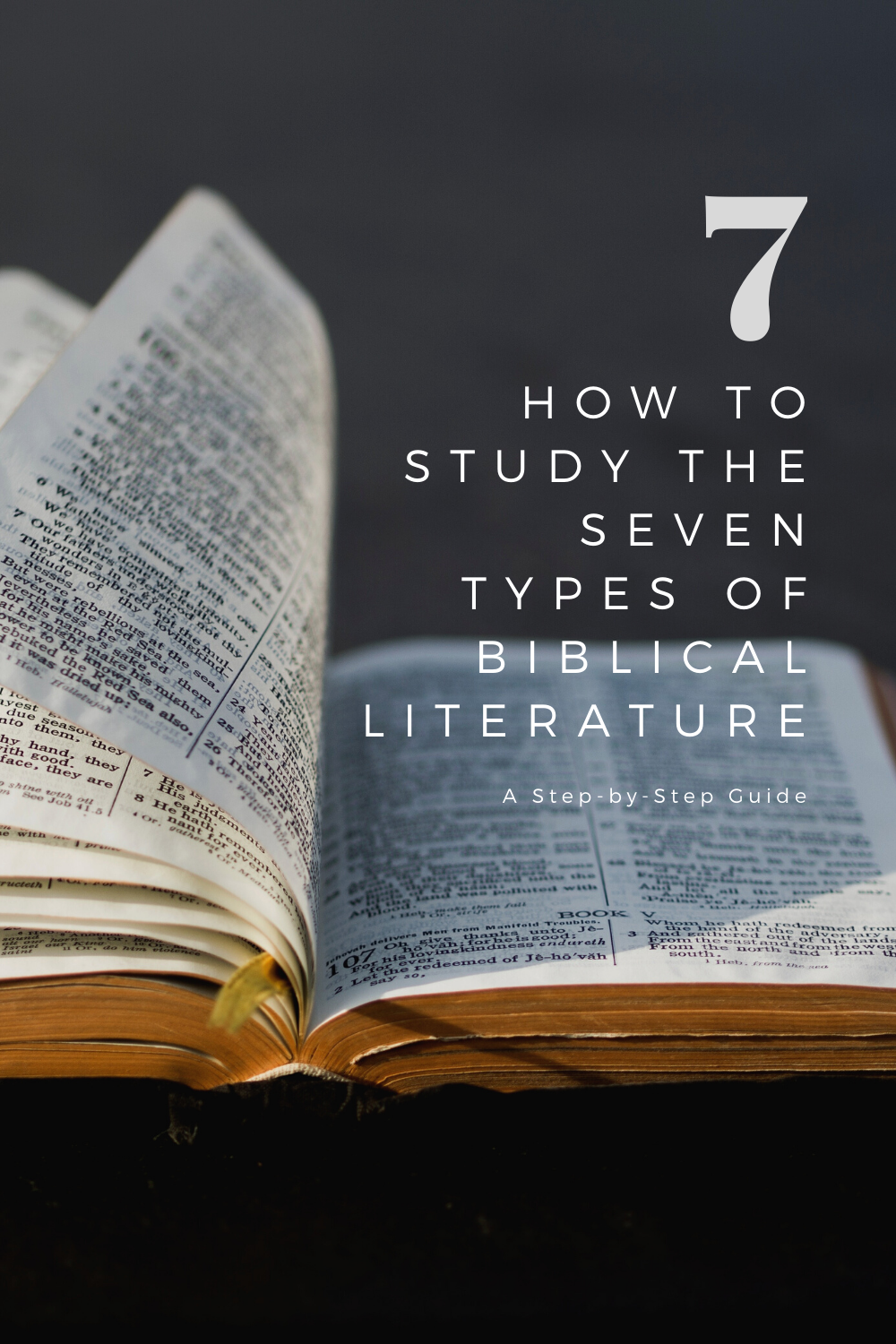One of this year’s handful that caught my interest was Carolyn Custis James’s Half the Church: Recapturing God’s Global Vision for Women. I finished it this week, and found its message to be all too relevant in light of the shaking the American church is currently experiencing and the resistance that shaking has met in some quarters.
In the first chapter, James shares how another book, Half the Sky: Turning Oppression into Opportunity for Women Worldwide by Nicholas D. Kristof and Sheryl Wudunn, forced her to see beyond her own experience and realize “the world’s dark and largely forgotten underbelly where the misery and abuse of women and girls break the scales of human suffering.” Half the Sky became the jumping-off point from which she began to write Half the Church.
“Women comprise at least half the world, and usually more than half the church, but so often Christian teaching to women either fails to move beyond a discussion of roles or assumes a particular economic situation or stage of life. This all but shuts women out from contributing to God’s kingdom as they were designed to do. Furthermore, the plight of women in the Majority World demands a Christian response, a holistic embrace of all that God calls women and men to be in His world.”
- Half the Church (back cover)
One of the first things I discovered when I opened the book and began to read was how much I, too, needed to look beyond my own experiences and realize that questions like “Should women take part in church leadership?” or “Is the wife staying home while the husband works the most Biblical family structure?” are the least of concerns for most women, including most Christian women, across the globe. Half the Church delivers a gracious rebuke to these petty debates (and the infighting they tend to create) that the Western Church desperately needs right now. To speak from my own experience, we have become like the Pharisees - so concerned with the details, obsessing over the interpretations of incredibly difficult passages and upholding centuries of tradition rooted more in culture than in Bible, that we can no longer see the real needs in front of us. Men and women, pastors and laypeople, liberal denominations and conservative denominations entrench ever deeper into their separate roles and rules so that the Church never actually unites to get Kingdom work done.
Image Bearers and Ezer-Warriors
Half the Church calls us all out of our safe, narrow thinking and invites us to explore ideas that may make us uncomfortable. For example, what does it mean for the Church and the world that women are bearers of God’s image and called into all the responsibilities that entails? Genesis 1:26-27 declares that God created all mankind, male and female, in His image and with the calling to “rule over the fish of the sea and over the birds of the sky and over the cattle and over all the earth.” It was never in God’s design for male and female to engage in a power struggle over which gender should “Biblically” rule the other, nor was any such struggle predicted or hinted at until after the Fall of Man (Genesis 3:16). Both men and women were created according to the likeness of God and with the inherent calling to rule together, on the same team with one another and with God. This is the dynamic that God blessed and called “very good” (Genesis 1:28, 31).
James also dives deep into the Genesis term ezer-kenegdo, which our Bibles have traditionally translated “helpmeet” or “helper.” The use of these terms, she posits, “has led to the belief that God gave primary roles and responsibilities to men, and secondary, supporting roles to women.” This has been a comfortable belief for many people and in many churches for generations. It keeps the peace and prevents women from trying to overstep their role or getting in the way of men’s ministries. What is much less comfortable is what James uncovers about the uses of the term ezer in the rest of Scripture: nineteen out of its twenty-one uses (in fact, every use that does not refer directly to the woman) are used in the context of military aid or rescue. And in sixteen of those nineteen uses, the warrior-rescuer referred to is God Himself.
This revelation about the word ezer completely shifted my mental image of Genesis 2:18. “I will make him a helper suitable for him” always made me imagine Eve as rather childish, like a toddler “helping” unload the dishwasher - the kind of help that is a nice gesture, but probably could have been accomplished more efficiently without her. It is uncomfortable, in the best kind of way, to have this tame picture replaced by Eve as a warrior doing battle for God’s kingdom alongside Adam - a truly indispensable partner that he is “not good” without.
A Global Vision
One of the things I most appreciated about Carolyn Custis James’s approach to this topic was that she never tried to convince me to become a complementarian or an egalitarian; she never took a stand on whether women should or shouldn’t be pastors. She never spoke down to men or deepened the gender divide. What she did instead was return again and again the the Word of God, to His clear design for women from the beginning and to the example of Jesus as the ultimate equalizer of the genders. She emphasized the glorious vision of what God intended when He put men and women in alliance with one another, and how the dissolution of that alliance breaks God’s heart. Throughout the book, she sets the small-minded Pharisaical debating aside and calls us, instead, to expand our view of the world and reconsider the traditional (often subconscious) beliefs that keep our focus on ourselves instead of on the work God wants to do.
Half the Church is a necessary reminder that women have a vital part to play in God’s story, and it is a part that both precedes and outlasts temporary seasons of our lives like wifehood and motherhood. It is a part that expands well outside the prosperous Western world and reaches into dark, difficult places where the oppression of women far exceeds not being allowed on the elder board. It is a part so important that if we fail to play it, the image of God shatters and His testimony to the world is rendered ineffective and incomplete.
James closes by reminding us of Jesus’ last prayer before He went to the cross: “[I ask] that they may all be one; even as You, Father, are in Me and I in You, that they also may be in Us, so that the world may believe that You sent me. . . . that they may be perfected in unity, so that the world may know that You sent Me, and loved them, even as You have loved Me” (John 17:21, 23b).
Our effective witness of the Gospel hinges on this. So what will it be: Continue to busy ourselves with sorting people into their appropriate boxes and categories and roles so we don’t have to notice the bleeding Samaritan in the ditch, or set our eyes on Jesus and get to work, even if He leads us across the lines into spaces and relationships that discomfort us? Men, how will you encourage your sisters to take up arms as warriors in the battle and rule as co-regents of the earth? Women, even if that encouragement never comes, are you willing to obey God rather than men?









